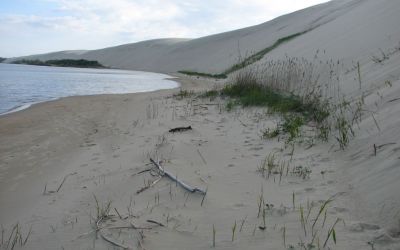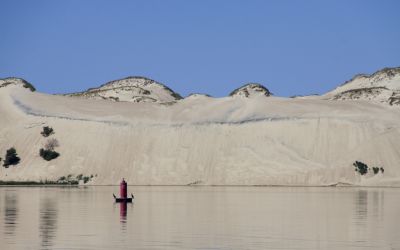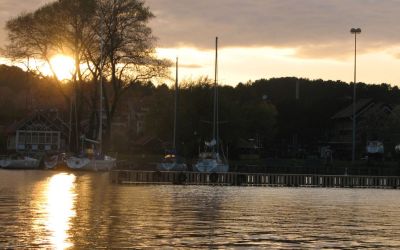Bathing water quality & tourism, Curonian lagoon and coast, Lithuania
In the past, especially in Baltic inner coastal waters, several beaches had to be closed because of insufficient bathing water quality. Today, increasing tourism causes a strong demand to re-open these beaches again and to establish additional beaches, especially in large lagoons, like the Curonian lagoon and coast, Lithuania. Additionally bathing water quality has once again become an issue of scientific interest and high practical relevance. ‘New’ human-pathogenic organisms became a problem (e.g. vibrions, E.coli 157) and the EU Bathing Water Directive (BWD) has been modified. It now focuses only on E.coli and enterococci. As a result, bathing water evaluations and beach closures are still uncertain. In close cooperation with municipalities and authorities we will develop scenarios for opening new beaches and assess the pollution risk of exiting beaches considering effects of climate change (pollution due to extreme runoff), harbour development and improved sewage treatment. Traditional bathing water monitoring methods allow an evaluation if a threshold is exceeded or not, but cannot provide information what the major pollution sources are and where they are located. Therefore, an efficient bathing water management is not possible. We combine traditional monitoring methods, with 3D-hydrodynamic transport models and strain-specific genetic fingerprint methods (e.g. ERIC, REP, BOX). This combined approach enables risk analysis and scenario simulations e.g. to spatially backtrack a pollution, locate potential sources and discover source-pollution relationships (using genetic fingerprints). This allows us to provide a new, transferable bathing water quality management and evaluation system, with high practical relevance for end-users and the implementation of the BWD. Additional surveys explore the acceptance of different beach scenarios among authorities, locals and tourists.
CSS Curonian lagoon kick-off presentation
CSS Curonian lagoon issue identification




